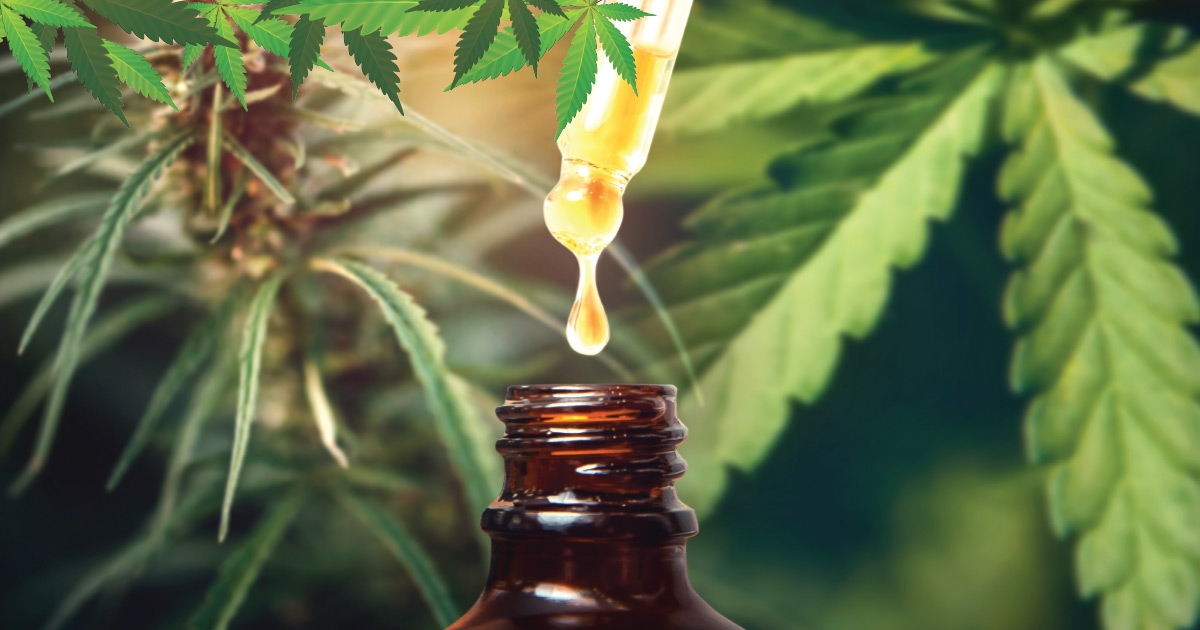With Michigan responding to Peter Tosh’s call to “Legalize It,” as well as the piqued public interest in CBD, the substance some once called tamjee, weed, marijuana, or ganja is more commonly referred to today as cannabis. That’s because it encompasses all products that come from the plant Cannabis sativa, not just the parts that produce heady, sometimes psychoactive effects.
These days, what’s available in the cannabis arena is… a lot. And, it’s a lot because people are learning more about cannabinoids, which include Tetrahydrocannabinol (THC) and cannabidiol (CBD), as well as hundreds of others found in the cannabis plant. More than just traditional flower, items such as drink enhancers, balms, tinctures, and a huge range of edibles—from simple gummies to elaborate baked goods and confections—are hitting the scene big time.
It’s true that a more open market for the recreational and medical consumption of cannabis is driving the diversity of products, but so are the reasons why people are using it. And since we all know that pot’ll get you high, let’s instead look at what else people are seeking out cannabis for.
There are a number of health conditions that qualify a patient for a medical card, and, in Michigan, the list is long. It includes cancer, Crohn’s disease, PTSD, obsessive compulsive disorder, arthritis, Parkinson’s disease, autism, cerebral palsy, IBS, and much more. In addition to addressing certain diseases and disorders, patients are interested in how it can help with conditions such as nausea, appetite loss, sleep issues, and low mood or anxiety. And, a big one that covers a wide spectrum: chronic pain.
To get a better understanding of how consumers are using cannabis for medicinal purposes, we talked with Stephen Pohlad of Green Cross Partners—a Grand Rapids practice of doctors who assists individuals who qualify with getting and renewing medical cards. Pohlad has been in the business since 2009 and has an abundance of knowledge on the subject.
Research and knowledge on the endocannabinoid system have been increasing and, more and more, cannabis has come into consideration for its medicinal qualities. Because it is similar to the endocannabinoids the body produces naturally, CBD can have therapeutic benefits, including anti-inflammatory and antioxidant properties. “We know now that we have an endocannabinoid system with CBD receptors in our brain and when we get a dose of CBD, it can actually make our bodily functions work better,” Pohlad says. “Muscular, vascular…it’s really quite remarkable.”
Pohlad also notes that taking CBD and THC together seems to be more effective than taking either alone. The results from ingesting cannabis products versus smoking the flower are also different. If you’re new to cannabis, he suggests getting educated before jumping in—and pinpointing what you want to focus on; for example, whether it’s a pain issue or a psychological issue. The two main strains are sativa and indica, with one being more of an upper and the other a downer. Most dispensaries these days are staffed with educated personnel who have first-hand knowledge of cannabis strains and applications and who can help consumers choose products that align with their personal needs.
“One of the most important parts of this whole movement is the control that people have over their dose when cannabis is ingested,” Pohlad says. “They can start with the smallest amount, say .25 milligrams, and see how it affects them over the course of about four hours. Being able to experiment and find what’s right for them is both encouraging and empowering to individual patients.”
And, one last note: While cannabis is now available recreationally at many area provisioning centers, if you have a valid need for a medical card, it still makes sense to get one—for the cost savings in particular. If you’re interested in pursuing a medical card or learning more about cannabis uses in general, visit greencrosspartners.com.





